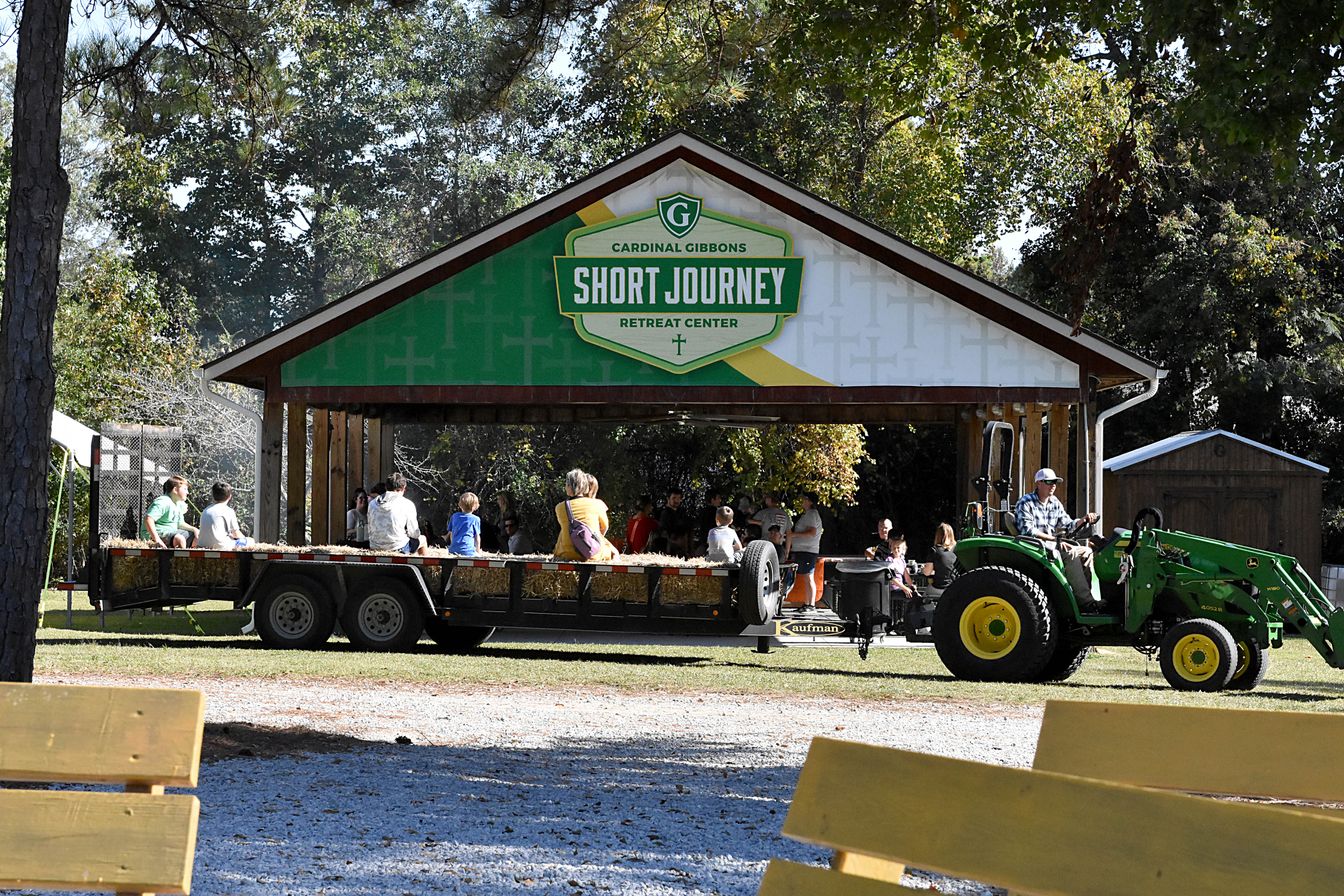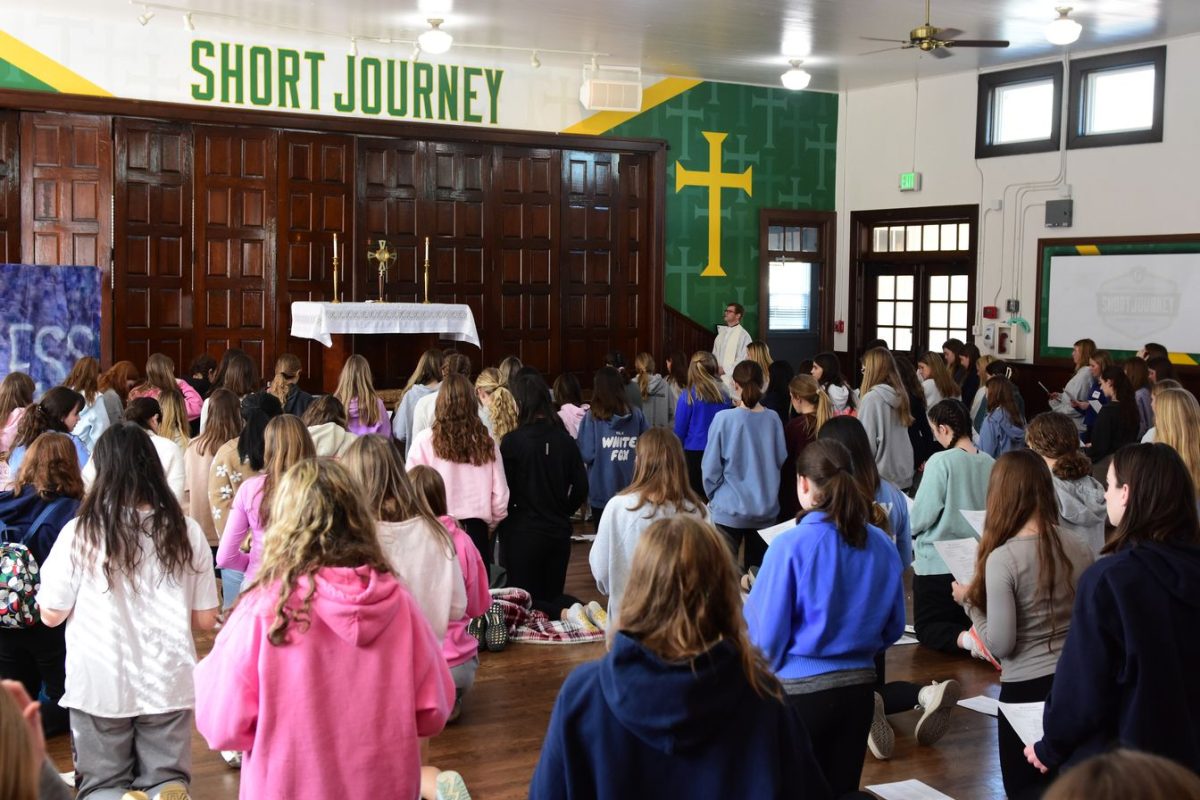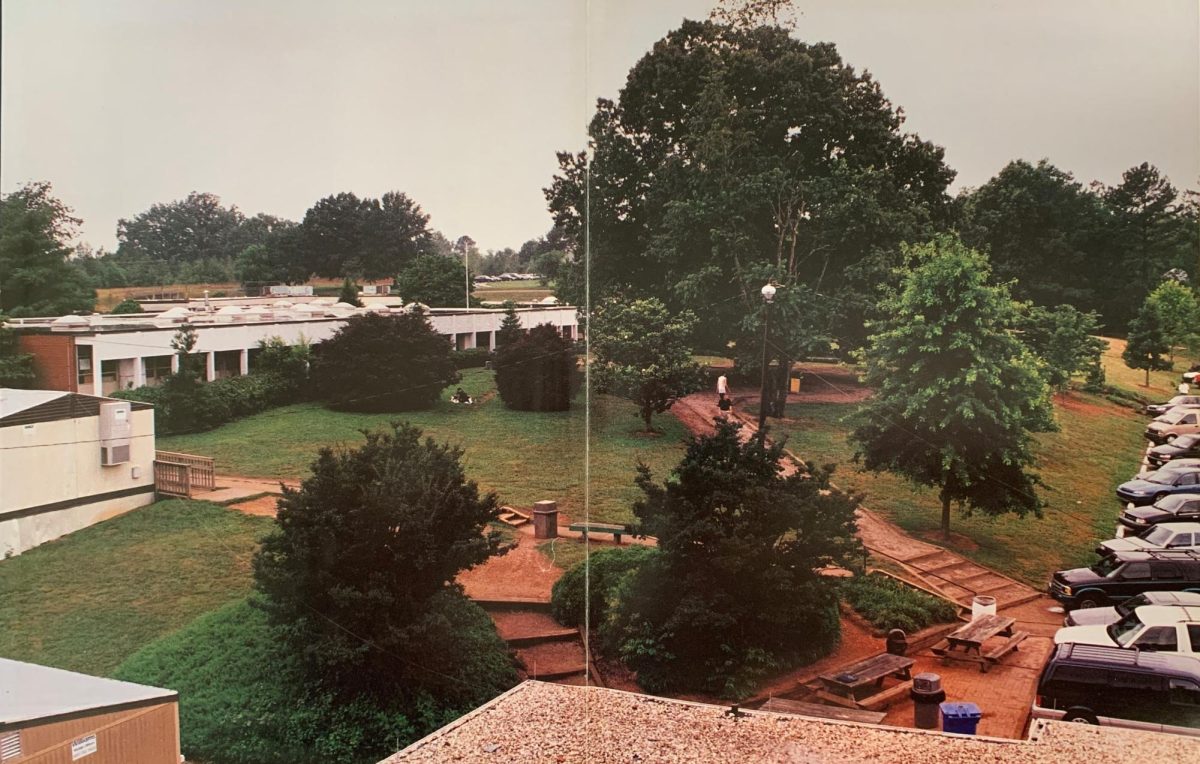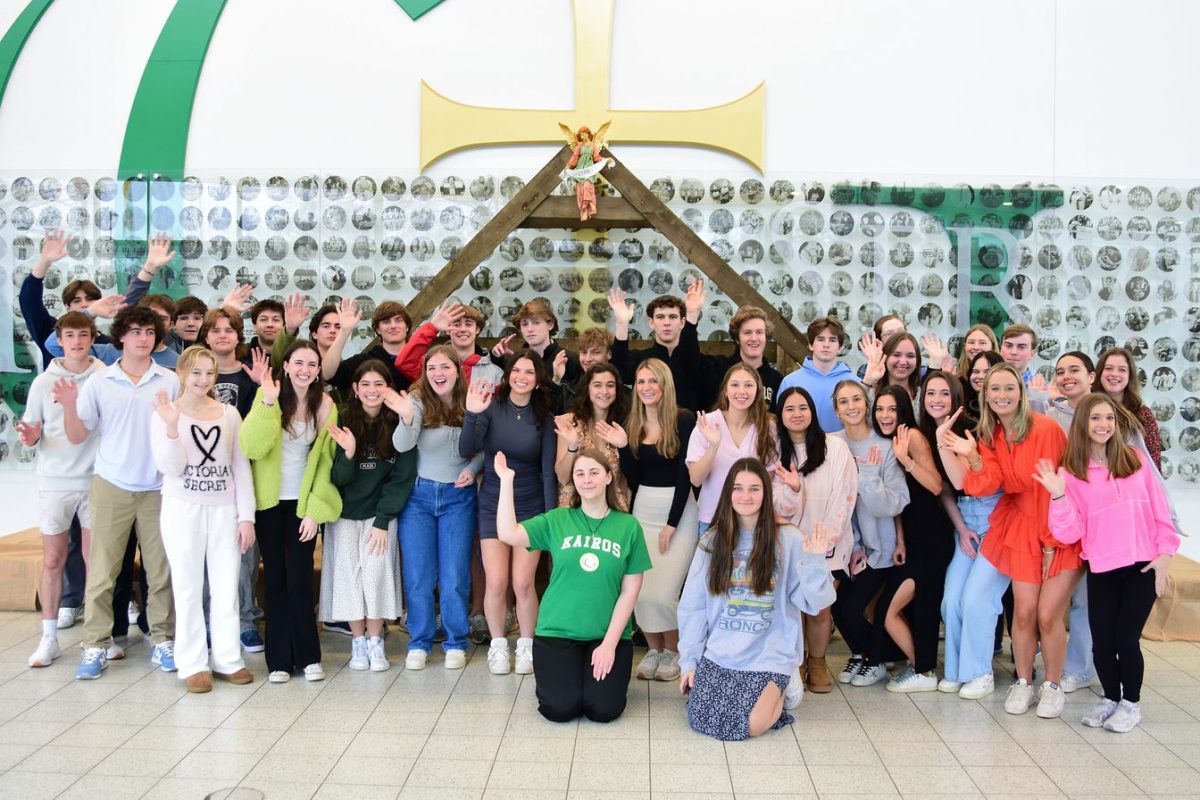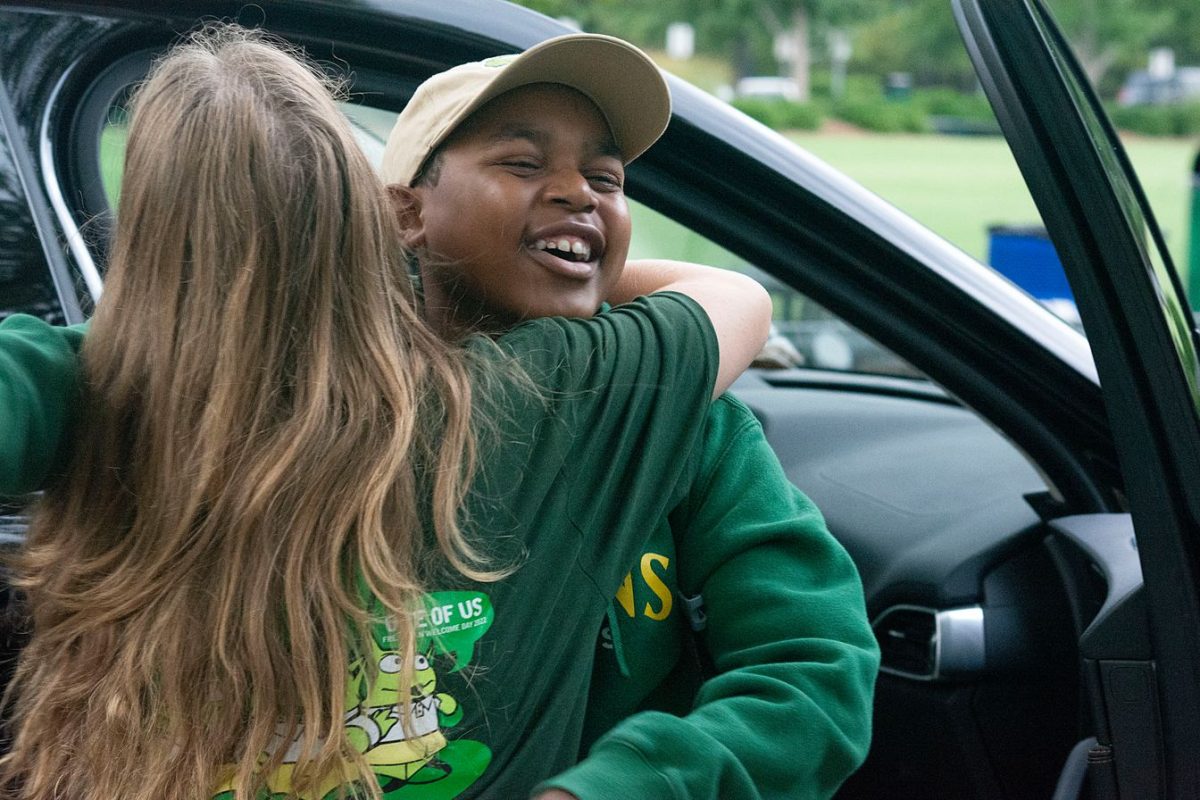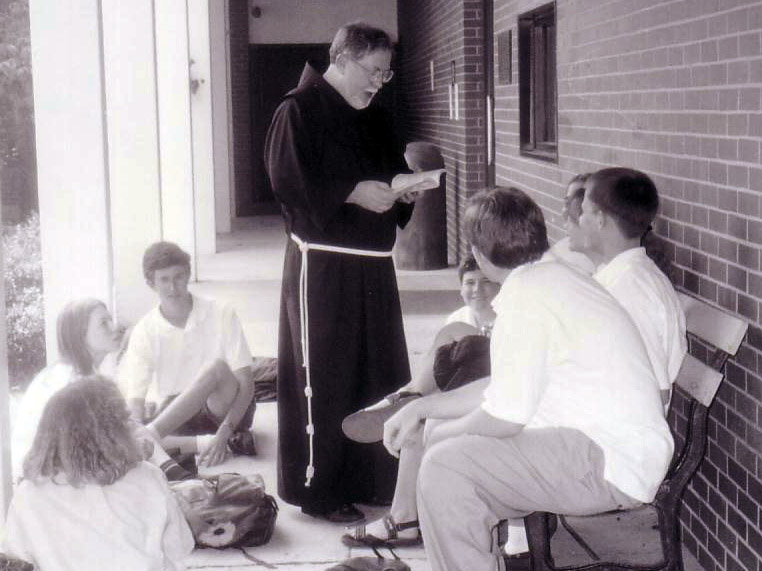Almost every Cardinal Gibbons student visits the Short Journey Retreat Center at some point in their high school experience. The building, located in Smithfield, provides various opportunities for students to join together in faith with the community.
However, the history of the building started long before its modern use.
Originally, Short Journey served as a school for African-American students. It was used as the main source of education for a large group of people. The center, which opened in 1926, acquired its namesake due to its close proximity to the Wesley Chapel Church. The construction was supported by the Rosenwald Fund, similar to the Berry O’Kelly School/Method Road Community Center, which Gibbons students visit for their ninth-grade advisory retreat. The community surrounding Short Journey also raised $500 to aid the building process.
The structure was changed in 1950 to constitute the rising number of students, as the school was originally only a single room. The additions included four more classrooms, air conditioning, and restrooms. In the first 25 years, the school’s population grew by more than 200 students. A few years later, extracurriculars were added, such as glee club, first aid club, penmanship, and basketball teams for both boys and girls. Principal Eva Cooper led Short Journey School for all 44 years that it was open. Though the school closed in 1970 as students were transferred into larger educational facilities following desegregation, countless students obtained an education while at the school and under the guidance of Principal Cooper.
One of these students was Agnes Penny, who has a room dedicated to her at Short Journey. She worked at Cardinal Gibbons for several years and was a beloved colleague.
“(The Agnes Penny Room) just makes me happy because she was such a great person to work with,” said Mr. DeLaRosa, as he described what the retreat center meant to him.
There are several other rooms dedicated to former students of the school, including ones named after Gerald L. Lewis and John A. Wall. These serve as reminders of the building’s history, encouraging visitors of the school to remember its past. In addition to these rooms, the courtyard contains over nine biographies of alumni and students from Short Journey. One of the most prominent reminders of the history of the structure is the giant timeline displayed in the main room, which contains the whole backstory of the building’s use and how it has developed into the place it is today.
After Short Journey School was closed in 1970, it was used by a few groups over the next 13 years, but it was not until 1983 that the building had a true new owner. During that year, the Catholic Diocese of Raleigh bought Short Journey. They opted to keep the name, adjusting it to Short Journey Retreat Center. It was dedicated in May 1988 as “the home for Youth, Young Adult and Campus Ministry for the Diocese of Raleigh,” according to Mr. Yelenic, who is the current director of Short Journey Retreat Center. While the structure had several uses under the ownership of the Diocese, eventually the upkeep was too much, and in 2017, they closed the retreat center.
Then, in the winter of 2018, Cardinal Gibbons made the decision to purchase the Short Journey Retreat Center. After over a year of renovations, the building was officially open for use under the name of Cardinal Gibbons Short Journey Retreat Center. Despite owning the center for only five years, the immediate impact and use of the place have been immeasurable. Numerous retreats are held there for clubs and athletic teams, along with others, such as Kairos, grade-level retreats, the Silent Retreat, Girls Retreat, and Boys Retreat. In just the past four months, the school has held 17 retreats, and more than 350 athletes have joined their team or peers in attending a session at Short Journey Retreat Center. Furthermore, other celebrations occur there too, such as family reunions, weddings, outside parish retreats, and even a 100th birthday celebration. The retreat center also serves as the place of Short Journey School’s bi-annual school reunion, cherishing the history of the building and the spirit that lives on within.
But why did Cardinal Gibbons choose to buy the building? Couldn’t we still hold retreats there without owning it?
The decision to buy Short Journey Retreat Center “was made to create a space for spiritual growth and help build community among students and educators,” said Mr. Yelenic.
Several people spoke of the amazing spiritual opportunity that the retreat center provided, from faith formation to community building.
“As a school community, as a Catholic school community in particular, having our own retreat center is an incredible gift,” said Mr. Meyerl. “It provides us not only a place to be able to go on retreats, but it’s a sign of our school’s commitment to making retreats available to every student at Cardinal Gibbons High School.”
In all of its use, the Cardinal Gibbons Short Journey Retreat Center has served as an environment very different from the one at school that allows for the development of faith and community.
“It’s a place to meet Christ face to face, heart to heart,” said Ms. Anders, going on to describe the numerous transformations she’s seen occur at Short Journey.
For several staff members and educators at our school, the decision to buy the retreat center was an easy one. The building proves useful for a number of activities and it serves as a location that promotes the development of a student and their faith beyond the walls of school.
“There’s a lot of joy and there’s a lot of passion on the retreats, which is part of the Gibbons experience, but there’s also time for prayer…community building, [and] engagement,” said Ms. McElroy. “There’s different aspects that all focus on things that help us be the best, fullest versions of ourselves.”
Similarly, Mr. DeLaRosa talked about the retreats as being a continuation of the work done in school. He explained that theology class provides a foundation for the faith and an environment to study it in, but retreats give us a place to live out these beliefs in real life.
As long and rich as the history of the building is, from a school to a retreat center, Mr. Meyerl summed up the ownership of Short Journey Retreat Center perfectly.
“There’s not enough words to be able to say about how grateful I am that we have that place.”

